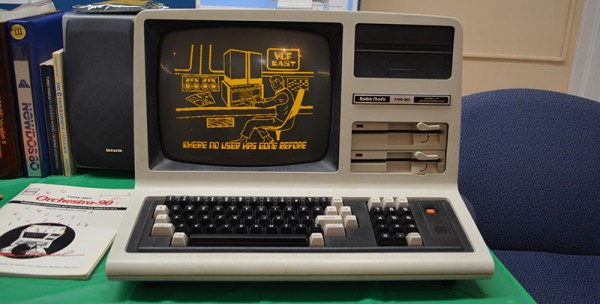It’s the rare tech worker that manages a decade in any one job these days – employee loyalty is just so 1980s. But when you started your career in that fabled age, some of the cultural values might have rubbed off on you. Apparently that’s the case for an Amiga 2000 that’s been on the job since the late ’80s, keeping the heat and AC running at Grand Rapids Public Schools (YouTube video link.)
The local news story is predictably short on details and pushes the editorial edge into breathless indignation that taxpayer dollars have somehow been misspent. We just don’t see it that way. “If it ain’t broke, don’t fix it,” is somewhat anathema to the hacker ethos. After all, there’s no better time to “fix” something than when it’s working properly and you can tell if you’ve done something wrong. But keeping an important system running with duct tape and wire ties is also part of the hacker way, so we applaud [Tim Hopkins] and his colleagues at the GRPS Facilities and Operations Department for their efforts to protect the public purse. And a round of applause is also due not only to the Amiga design team, who produced a machine that can run for nearly three decades, but also to Johnson Controls, whose equipment – apparently a wide area radio modem linking the HVAC systems in the district’s buildings – is being run by The Little Amiga That Could. Sounds like they built stuff to last way back when.
So when this machine is finally retired, here’s hoping they give it a good sendoff. Perhaps we’ll see it with some other Amigas at some future Vintage Computer Festival. Or maybe it’ll be one of those active retirees and start a career in the music industry.
[Thanks Thinkerer!]














